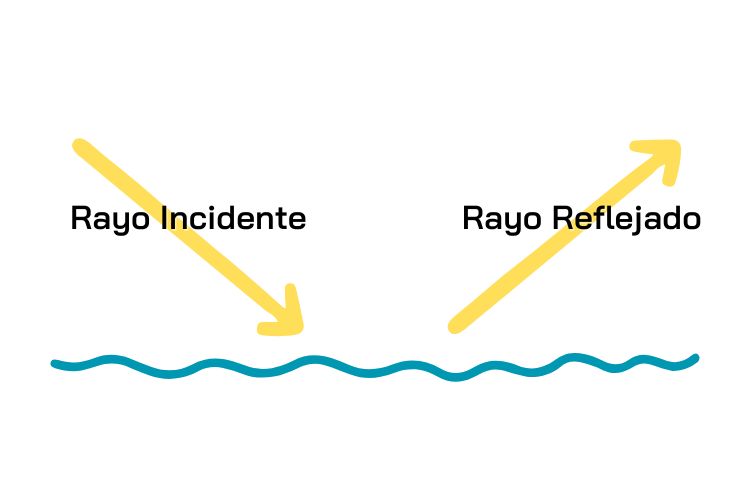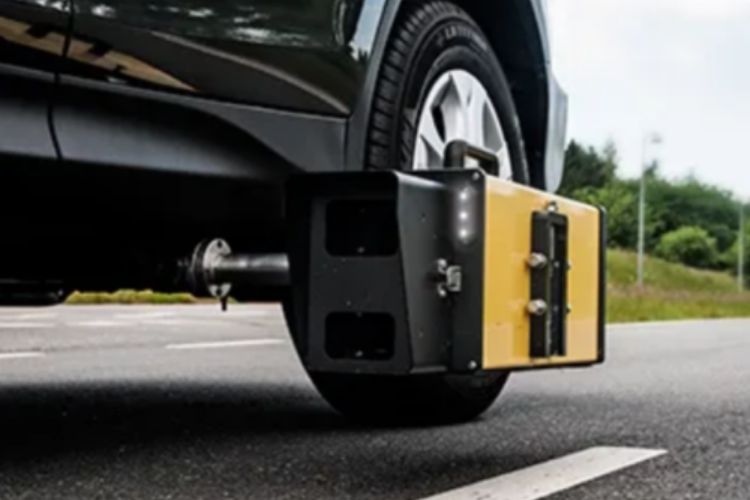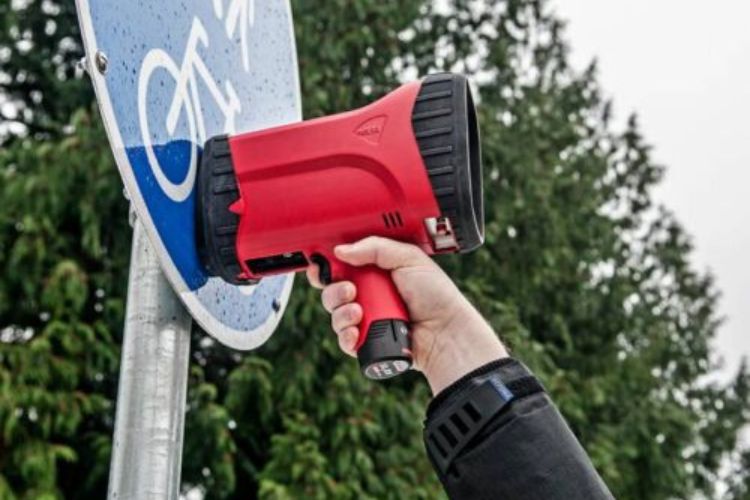Retroreflectometer: precise measurement of retroreflection for road safety
Visibility is one of the most critical factors in accident prevention and efficient management of road infrastructures. In this context, the retroreflectometer has become a key tool to ensure that signs, road markings, and other reflective elements comply with regulatory standards and provide the necessary level of visibility both day and night.
These devices allow precise measurement of the retroreflection level of reflective materials, an essential parameter to guarantee that road users (drivers, cyclists, or pedestrians) can detect and correctly interpret signage in adverse conditions or low light.

What is a retroreflectometer and what is it used for?
A retroreflectometer is a measuring instrument designed to quantify the retroreflective capacity of a surface, that is, its ability to reflect light back to the emitting source. This optical behavior is key in road signage, high-visibility clothing, license plates, and delineation elements, as it allows objects to be visible under vehicle headlights.
Unlike other optical devices, the retroreflectometer simulates real nighttime observation conditions, measuring the coefficient of retroreflected luminance (RA or RL, depending on the type of material). These measurements are essential to verify compliance with regulations such as EN 1436 (road markings), EN 12899-1 (vertical signs), or ISO 20471 (high-visibility clothing).

Its use is common among maintenance technicians, quality control laboratories, signage manufacturers, and road safety managers, as it enables data-driven decisions regarding the durability, legibility, and effectiveness of retroreflective materials under different environmental conditions.
Types of Retroreflectometers According to the Measurement Plane
Retroreflectometers are mainly classified based on the type of surface they measure: horizontal, vertical, or inclined. Each is designed to analyze specific materials and simulate light behavior under real traffic conditions.
How a Retroreflectometer Works: Physical Principles and Measurement Scheme
The operation of a retroreflectometer is based on the principles of retroreflection, an optical phenomenon whereby light striking a surface is reflected back toward its source with minimal dispersion. This property is key for visibility in low-light situations, such as nighttime driving.
Optical Principle of Retroreflection
When a vehicle’s headlights illuminate a sign or road marking made of retroreflective material, the light rays strike the surface and are redirected directly back toward the driver. This capability is due to the use of glass microbeads or cube prisms in the reflective materials, which reorient the light with greater efficiency than traditional reflectors.
Basic Components of a Retroreflectometer
A retroreflectometer incorporates three fundamental elements:

Measurement Scheme
The measurement process simulates a real nighttime visibility situation:
- 1
The device emits light onto a surface from a specific angle (illumination angle).
- 2
The retroreflective surface returns part of that light back to the device (observation angle).
- 3
The sensor records the returned light and calculates the retroreflection value in millicandelas per lux per square meter (mcd/lx·m²).
This value is compared against standards defined by European regulations such as EN 1436, allowing verification of whether a road marking or sign meets the minimum visibility requirements.
Professional Applications of a Retroreflectometer
The use of retroreflectometers is key in multiple sectors related to road safety, signage, and occupational risk prevention. Thanks to their precise measurement capability, these devices ensure the quality and effectiveness of retroreflective materials in various professional applications.
In all these areas, the retroreflectometer becomes an indispensable tool for professionals seeking to ensure safety and regulatory compliance in their projects.
Retroreflectometer Models Available at T2S Ibérica
At T2S Ibérica, we offer a comprehensive range of retroreflectometers developed with advanced technology, aimed at meeting the diverse needs of professionals in the road, signage, and prevention sectors. Our equipment stands out for its precision, robustness, ease of use, and compliance with international standards.
Below, we present some of the most notable models from our catalog:
All these devices are validated by accredited organizations such as DANAK and comply with the main European and international standards, ensuring reliable measurements in any environment.
Why choose T2S Ibérica’s retroreflectometers?
The choice of a retroreflectometer should not only be based on precise measurement but also on the assurance that the equipment is reliable, easy to use, and compatible with the required technical standards. At T2S Ibérica, we work with the best manufacturers in the market to offer comprehensive solutions for retroreflection measurement, both for horizontal and vertical signage.
Advantages of our equipment:
If you would like more technical information or a personalized quote, please contact us through our web form or call us directly at +34 93 848 05 68. At T2S Ibérica, we help you ensure safety and visibility in every project.








